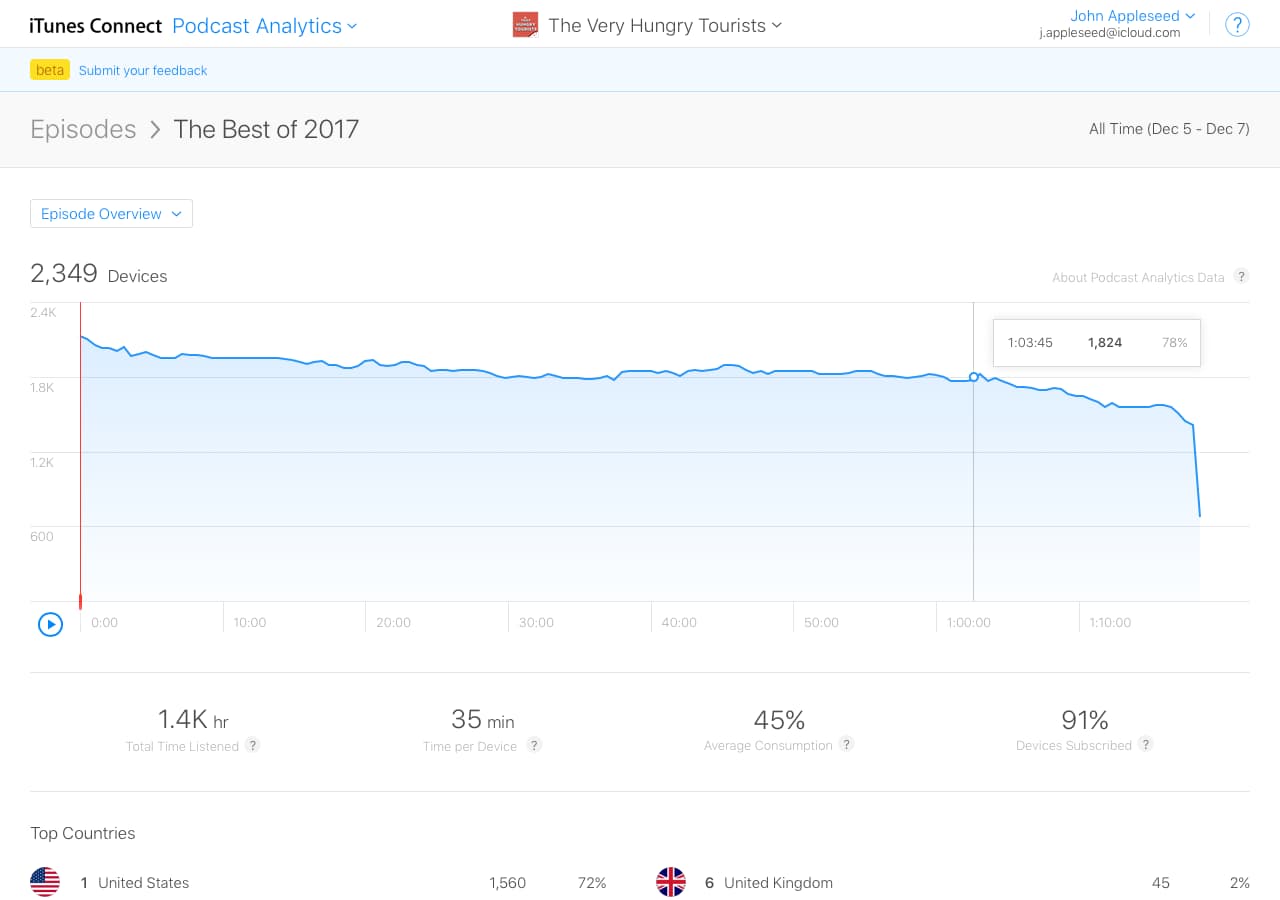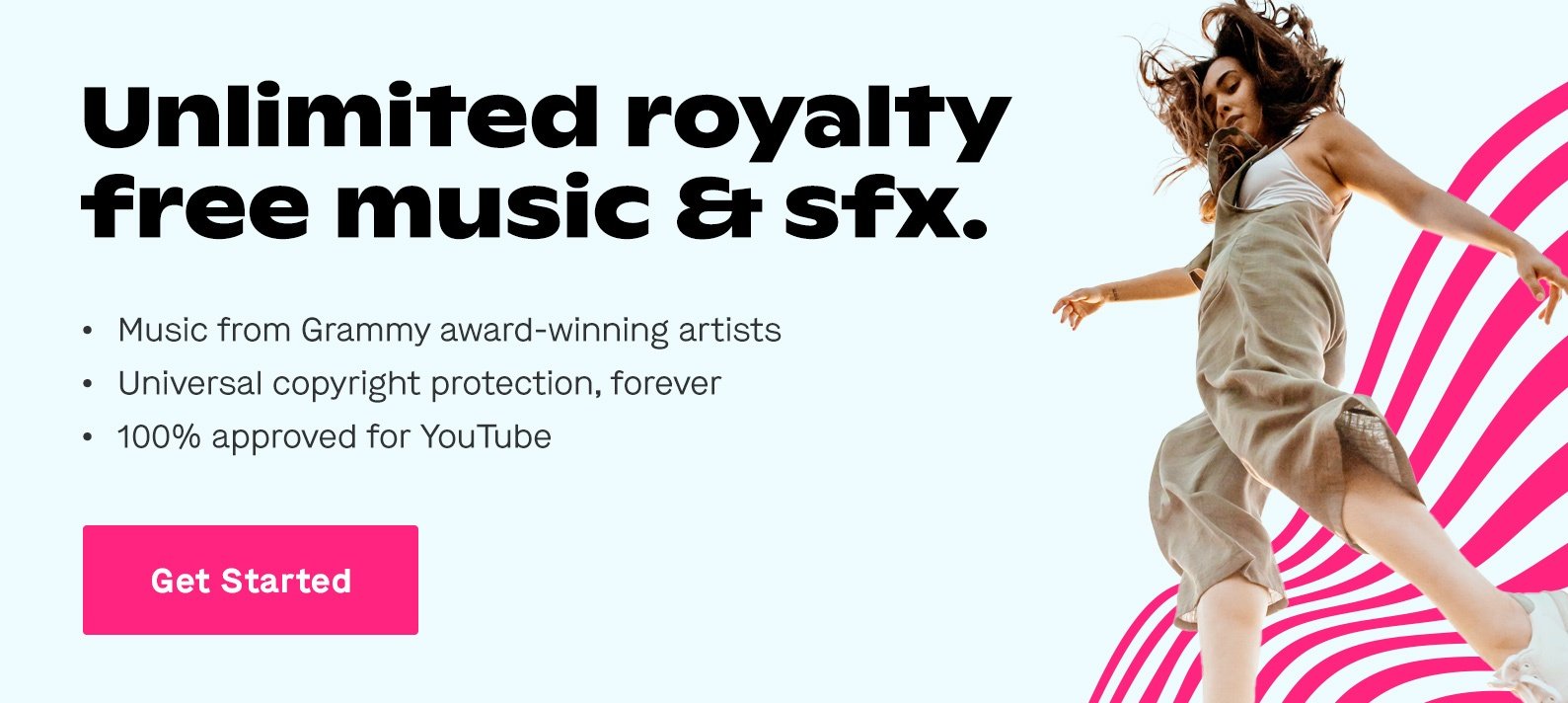
Nov 8, 2019
Podcasting — like any creative endeavor — is all about being flexible. You need to know your audience and build a relationship with them.
When it comes to creating a successful podcast, there’s no shortage of topics to study, outlines to write, podcast music to choose, and recording software to learn. And if you want to make your show something people will subscribe to, you’ve got to match listener expectations.
An easy way to do that is by respecting your audience’s time. If you want to find the sweet spot in your show’s episode length, here are three tips to help you to determine just how long a podcast should be.
Do Your Research
If you’ve ever subscribed to a few podcasts, you know episode lengths can vary by show or even by episode. Top shows on iTunes average anywhere from 30 minutes (Stuff You Should Know) to 60 minutes (The Joe Rogan Experience) to 120 Minutes (Armchair Expert with Dax Shepard).
Fortunately, we live in a time when there’s tracking data available about everything. Based on research done in 2018, the median podcast length is 38 minutes and 42 seconds. (And the same study showed that Top 400 shows have a median episode length of 47 minutes and 30 seconds.)
These numbers give a broad overview, but those same statistics show that different genres average different episode lengths. So it’s up to you to get to know your corner of the podcast market and figure out how you’ll fit into it.
But most importantly, remember that only 67% of listeners return to a podcast after the stop playback. Sometimes it’s worth curbing your enthusiasm about a topic in order to make sure you match listener expectations.
Satisfy Your Audience
It also helps to remember that people subscribe to your podcast for a reason. Whether your show is full of useful information or dad jokes, listeners are invested in your unique brand of storytelling. Podcasts feel like a conversation between the hosts and the audience (even if your mic setup is in a closet at home).
Most podcast hosting services provide all kinds of analytics on how people listen. So if you hope to grow your podcast into something more professional than a casual chat with friends, you can’t afford not to review that data.
Some of the most valuable feedback you can get is information about your audience is how they listen. When we chat with people in person, most of us can pick up nonverbal cues like when a conversation gets boring or lasts too long. Data from a podcast hosting site provides that same insight.

Here's how iTunes' Podcast analytics looks. Data includes Total Time Listened, Time per Device, and Average Consumption. Source: TechCrunch.
And yes, even the best podcasts have people who don’t listen to the end of an episode. The challenge for you is using this information and trimming your podcast to a point that you’re comfortable with.
There’s no such thing as a shortcut to podcasting stardom, but using every tool available is a great way to start improving right away.
Follow Your Outline
Consistency is the key to creating a successful podcast and growing a faithful audience. Listeners expect a certain level of routine in just about every piece of a show: audio volume/quality, content/genre, episode frequency, etc. And the same thing applies to episode length.
This is where the all-important “podcast outline” document comes into play. Successful shows use a moderator or producer to steer the conversation and keep track of the runtime. And they can be as simple or complex as you want, whether that’s bullet points or detailed jokes and interview questions.
It’s not an unpardonable sin to go over your target, but even a simple list of bullet points will help you visualize how much more you have to talk about. If you need to trim a topic down or skip it completely, an outline will help you make that decision on the fly.
And the best part is your audience will see the smooth transitions as professionalism or comfort on the mic. What they don’t know is that it’s as simple as using a notepad, pen, and stopwatch.
Choose Your Solution
The best podcasters work to make sure that when their content reaches the listener, it’s a perfect fit — not too little and not too much, but somewhere right in the middle.
So in the end, it’s up to you (and your cohosts, if you have them) to figure out what works best for your show and your audience. A podcast episode is like any great book, video, or song. It’ll always take a little more effort than you expected, but it holds the power to impact someone’s life.
And speaking of making an impact, we’ve got other podcasting tips to help you make your project even better. You can check out our posts about growing your audience, choosing the perfect intro music and selecting your podcast sound effects. Or you could just listen to our playlist of curated podcast music to discover how we’re helping other podcasters create shows they’re proud of.
